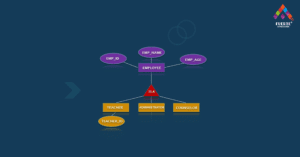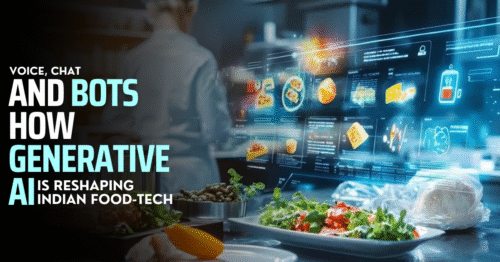The major terms thrown around in the relational database model are attributes, domain, and relations where the term attributes are columns present in the database management system. The domain is the values that the attributes can take and the relations is the table which contains rows and columns.
There many principles under the relational database model. The value recurring in another row will explain the relationship of it with another row. Keys are the single attribute through which one can uniquely identify a tuple in a table. Keys can also be divided into types like the natural key and surrogate keys. the natural key is the key that naturally occurs that uniquely identify it like a person’s last name being Sharma. Surrogate key something in that place like the employee ids.
The relational database model has many advantages. RDMS can handle more data when DBMS cannot maintain a multitude of data. RDMS can support distributed database systems. In distributed database systems, the database is available and accessible not in just one physical location but also in many systems in the same physical location but also across many systems in the network. the data stored in a relational database has ACID properties. ACID stands for Atomicity, Consistency, Isolation, and Durability.
Atomicity:
Atomicity is when all the transactions happening in the system are happening at the same time and not half and a half or anything. The transactions must be capable of happening unitedly or did not happen at all.
Consistency:
Consistency is when all the transactions are kept consistent across the system. It must maintain all the integrity constraints. for example, if you set the data type as a character, the system should only accept characters.
Isolation:
The isolation feature makes sure that the data changes made in one transaction or session will not disturb the other transactions. It also ensures that the changes made by one operation do not become available to be seen by others. This explains how a transaction occurring simultaneously or together occurs as if it is the only transaction that is occurring. Those transactions are completely unaware of the existence of each other.
Durability :
Durability explains how the data after updation, deletion, and retrieval of data, data is written to the disk or the memory and remains there even if the system fails. Relational database models are durable. Now all the data is stored in the non-volatile and permanent memory and stays there.
Entity-relationship model –database management system:

Applications of database systems :
One of the biggest industries in which database management has a huge application in the telecom sector. There is an enormous amount of data being created every single minute, without a proper database management system. It would be extremely difficult for that amount of data.
In the retail sector there are transactions happening back and forth storing customer information, product information, exports and imports, and so on. All of these must be maintained in a well-structured database system
Major e-commerce websites like Amazon, Flipkart has millions of transactions taking place in the platform. The buying, selling and even the bargaining take place online and generates so much data in the process which is stored in the database system.
In the railway reservation system the booking, maintaining of the customer information and reservation details are maintained on the database system
Other than this there are a number of other sectors such as HR management, airlines, and banking in which database management system plays a significant role.
What is possible with the database management system in the future?

Many have predicted that the future of the database management system is cloud and virtualization. Managing your database on a cloud platform could be a huge initial investment but as time goes by the return on that investment will be fruitful. DBaaS, a database as a service similar to Iaas, Paas is being popularized recently This will greatly help the organizations to reduce the manpower for maintenance and administration and focusing less on infrastructure and more on performance and usage. This will also help for the globalization of the organization all the while providing minimal downtime and loss.
All the technological advancements of the future can be applied to database management systems. If there is to be a rise of a concept called universal memory. That means a memory management system that offers good speed and also great memory capacity. This concept could be easily applied to database systems .likewise the concept of blockchains, the creator of the data would have the entire control over the data. Blockchains essentially act as a distributed database model. The advances in technology can make database systems even more efficient and maybe even cost-efficient.
Read more: A peek into the future of Google:







